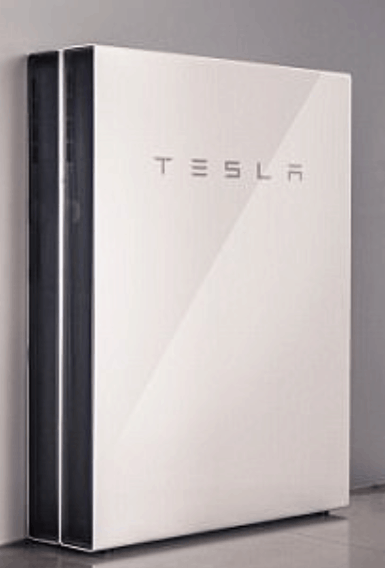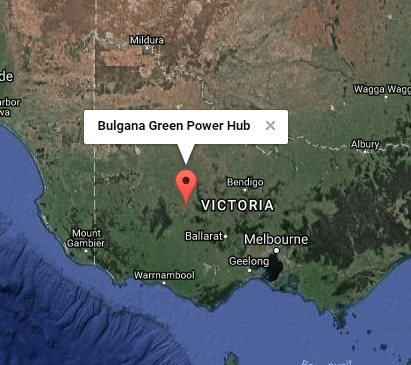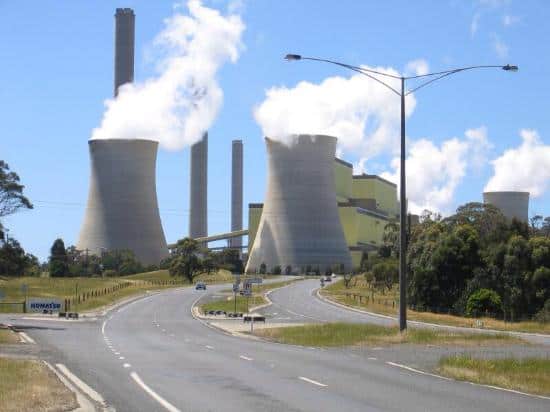What can we expect from the Tesla Powerwall in 2018? Elon Musk’s company have released their Q4 report from last year, and it also has a lot of interesting information about the direction they’re planning on taking things in 2018. It looks like the days of the severely limited supply of the Powerwall may be coming to an end.

Tesla Powerwall in 2018 – Residential Energy Storage
The Tesla Powerwall 2 has been out in Australia for almost a year now – the problem is that they have been hard to come by and Tesla have had a very difficult time meeting demand for their energy storage products (we’re not even going to delve into the Model 3 fiasco…)
“2018 will see major growth in Tesla energy storage deployments, as the production ramp of our storage products is just as steep as with Model 3,” Tesla said. “This year, we aim to deploy at least three times the storage capacity we deployed in 2017.”
They went on to elaborate on the reason Powerwalls were so difficult to source last year:
“We also deployed 87 MW of energy generation systems in Q4,
which is 20% less than Q3 2017. Solar MW deployed declined as
volumes continue to be impacted by our decision to close certain
sales channels earlier this year and to focus on projects with better
margins. In addition, solar deployments were affected by the short
supply of Powerwalls for customers who wanted solar plus
Powerwall in their house. While volumes may continue to be
impacted by these factors over the near-term, we expect growth to
resume later this year. “
This begs the question – with so many issues scaling up their energy storage how will this impact the Powerwall 3 release date announcement?
Tesla Powerpack in 2018 – Commercial Energy Storage
After the unparalleled success of the Tesla battery in South Australia, it’s unsurprising to see that they’re going to have a strong focus on commercial solar storage.
Tesla Solar Roof 2018 Update
According to the report, initial production at the Gigafactory 2 started in Q4 and Tesla are “deliberately ramping production at a gradual pace”. When “fully scaled”, the Buffalo, NY based Gigafactory 2 will be able to produce enough solar cells to add more than 150,000 new residential solar installations every year.





